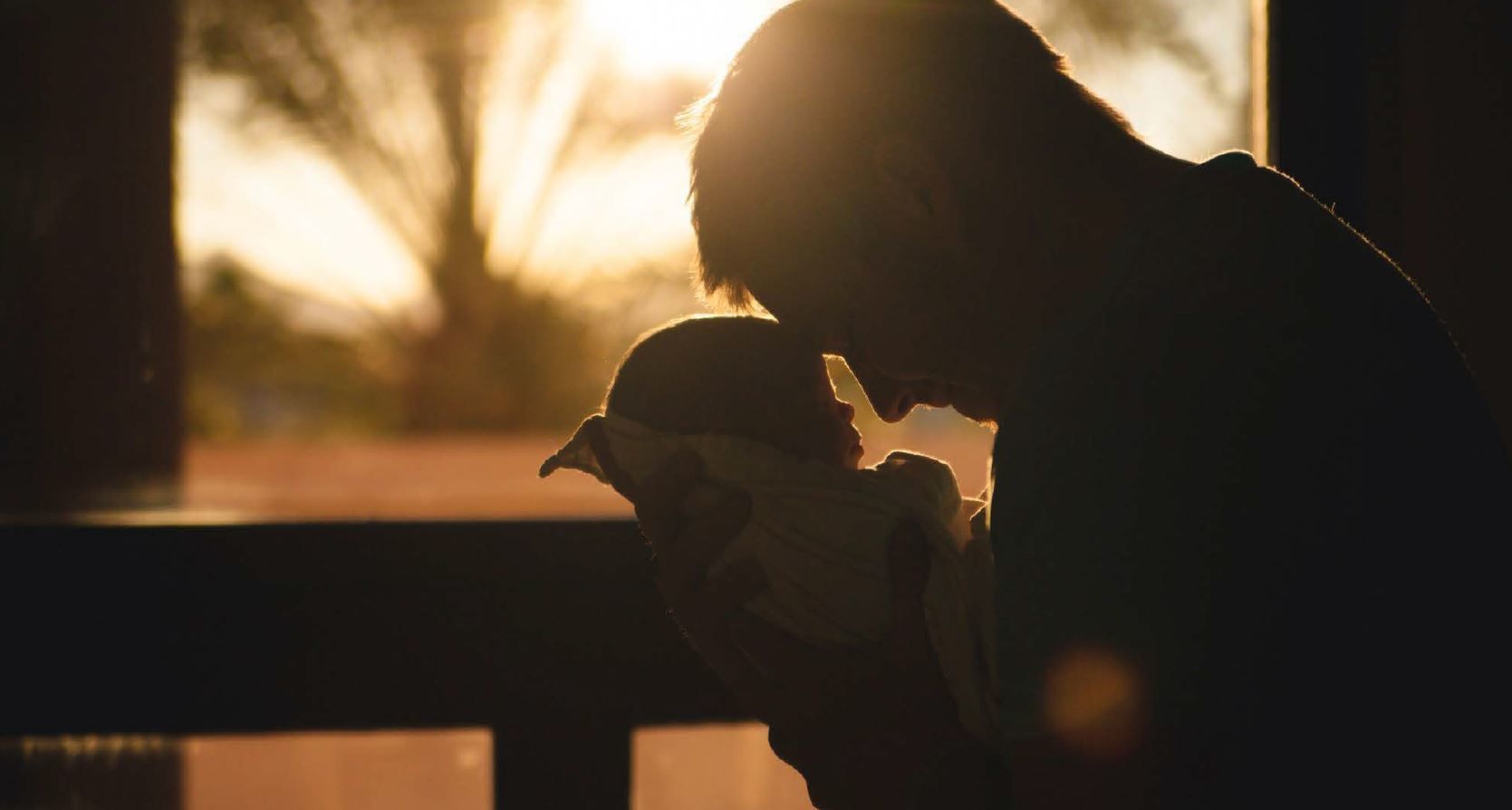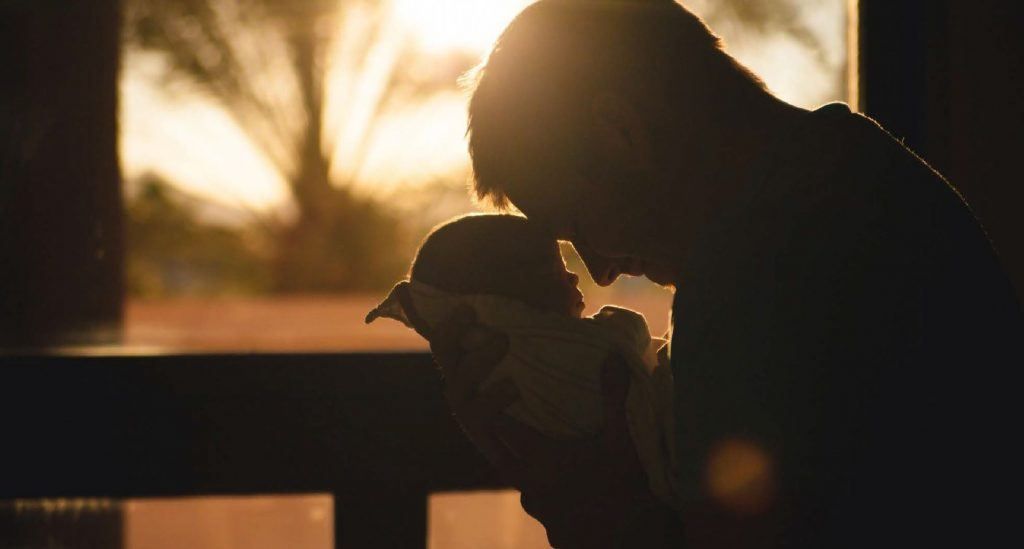Photo by Diane Wehr
This is my very first article writing on the subject of photography.
I was relieved when I was given the topic of “Why Photography Matters.”
It seemed that surely this topic would be straightforward, but when I asked myself why photography is important to me, all I could visualize was image after image that made a difference to me. I could not verbalize a single reason why it made a difference.
So, before we get started, I ask you to take a moment to do the drill that I did: “Why is photography important to you?”
Let’s see if it is clearer to you than it was to me. Let’s also see if I cover your reasons in the article.
Drum roll… And the categories that I finally came up with, in the order that I thought of them, are:
- Photography provides important contemporary and historical records.
- Photography contributes to fine art.
- Photography furthers the dissemination of information.
- Photography can make the organization of our lives a bit easier.
- Photography can help us be happier and healthier.
- Photography meets our deep need for visual communication.
Photography Gives Power to Contemporary and Historical Records
If good people everywhere had understood what was really happening in the killing fields of Cambodia in the late 1970s, would the world have said, ‘No’?
As I thought about the importance of photography, the first images that came to my mind were in the category of contemporary records posted on an Instagram feed that I follow.
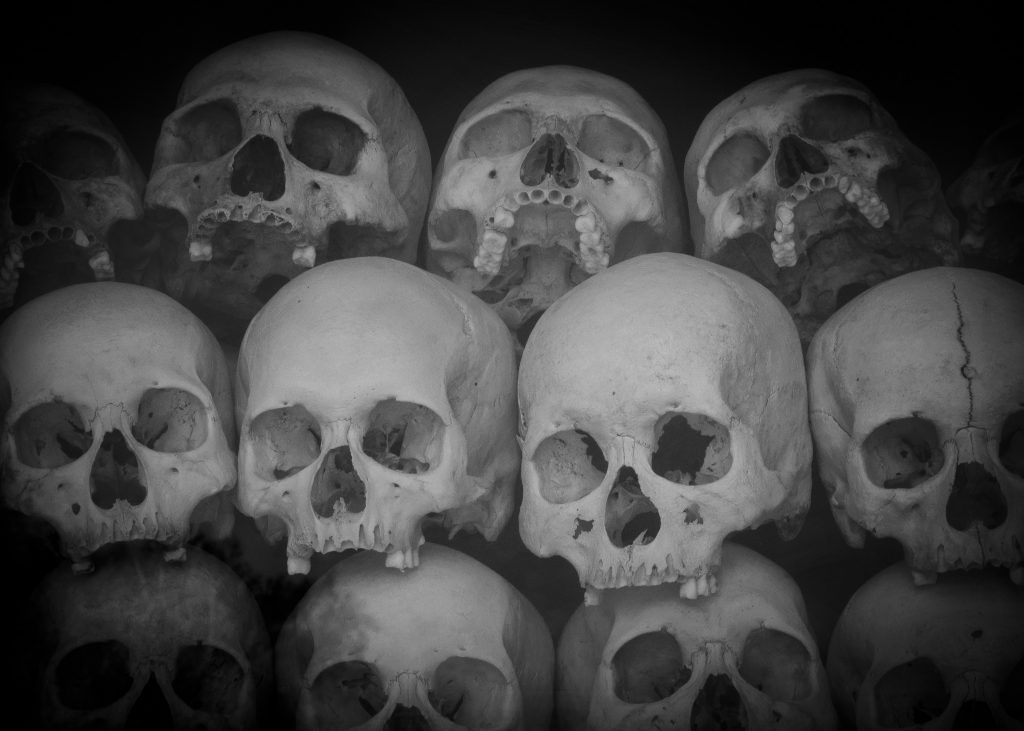
Photo by Diane Wehr
Recommended Reading: If you’d like to improve your photography skills and create compelling images, grab a copy of our Powerful Imagery premium guide by award-winning travel photographer Michell Kanashkevich.
Day after day, picture after picture, I would see children from Aleppo who were the tragic victims of war.
Then, one day in August of 2016, one of the images taken by photographer Mahmoud Raslan went viral.
All of a sudden the world saw the (now iconic) picture of the stunned and injured five-year-old boy who had been pulled from rubble after a bombing. Shortly thereafter, National Public Radio (NPR) asked in a publication, “Can One Photo End a War?”
That is not likely, but perhaps a widely seen photograph can play a part.
One month later, in September, a U.S.- Russia deal on a Syrian ceasefire was announced. While the ceasefire has only been partially successful, I see fewer pictures of injured children on the Instagram feed. When I do see them, they have always been preceded by news that the ceasefire has failed.
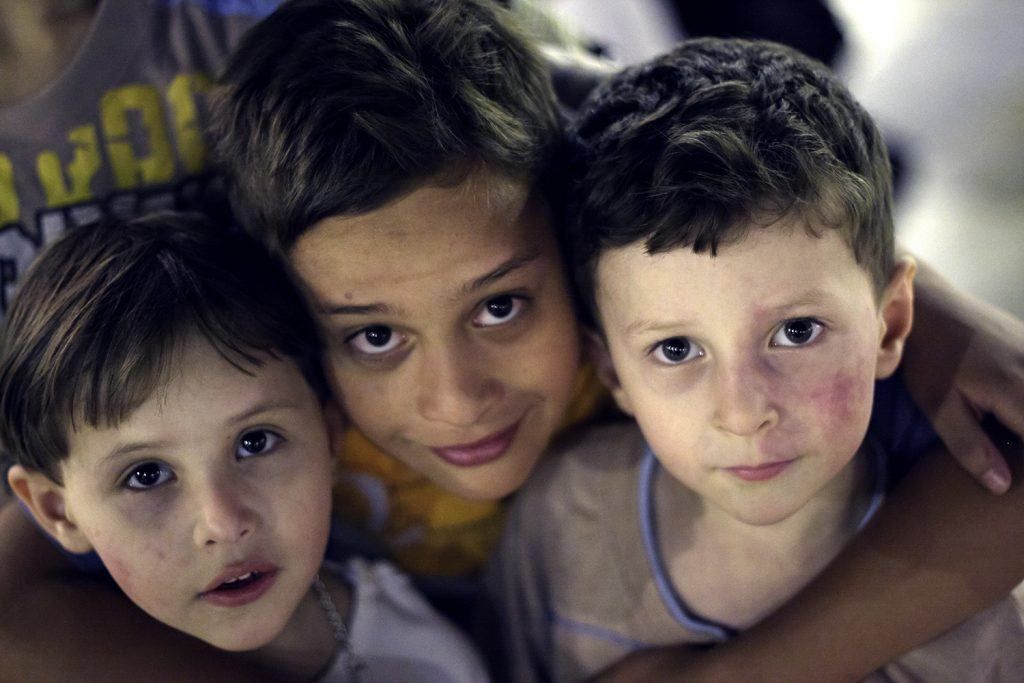
Syrian children in Aleppo. Photo by yeowatzup
Pictures of the Holocaust fall into the category of historical records.
If you want to engage in a surprising, and rather horrifying, Google search, try this: Is the Holocaust real? The first links will be to “Holocaust denying” websites.
This is a complex subject, but included in the “convergence of evidence” that the Holocaust did occur is the existence of photographs taken by the German military, the Allies, and the Holocaust victims themselves. The United States Holocaust Memorial Museum website posted an article written to combat Holocaust denial.
2,572 photographs were put online to support the Holocaust article. These photographs help maintain our hold on the truth.
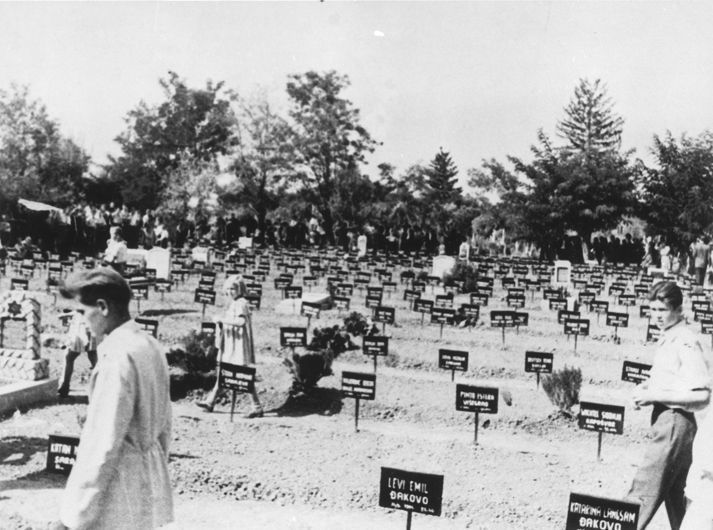
Photo from United States Holocaust Memorial Museum
...When I asked myself why photography is important to me, all I could visualize was image after image that made a difference to me.
Photography Contributes to Fine Art
I think, in our heart of hearts, we all hope (as photographers) that we take at least one photo that is an awesome fine art photo. This image below of a lotus is the closest that I will get‼
A copy was sold in a charity auction, and then I got a call from another person that wanted to purchase a copy. Does that count as getting over the fine art bar?
There is not much of a requirement when making an argument for this category.
Surely we have all succumbed to the breathtaking beauty of a photograph.
Among the most famous fine art photographers are Ansel Adams, known for his black and white photos of the Western United States, Robert Mapplethorpe, known for his large-scale portraits of celebrities, Cindy Sherman, who does conceptual portraits, and my
current favorite Elena Shumilova, who does dreamy portraits of animals and children.
In these days and times, for better or worse, we all have the opportunity to present our fine art photographs to the world for purchase through online photo galleries.
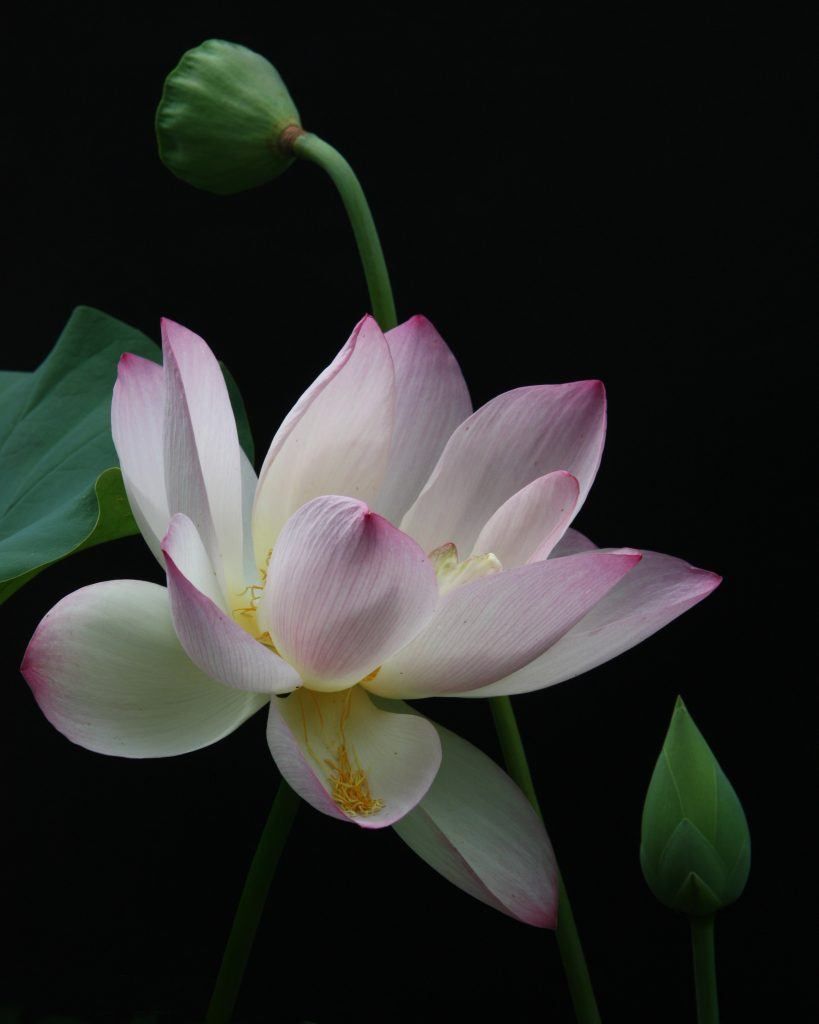
Photo by Diane Wehr
Photography Furthers the Dissemination of Information
Even if you are an avid birder and love bird photography, there are so many birds that you probably aren’t even aware of how many species you do not know!
This lilac-breasted roller (featured below) is an African bird that many folks from the U.S. have never witnessed.
I love birds, so of course I am a member of a couple of groups on Facebook whose members are dedicated bird watchers.
Pictures of birds, some good and some terrible, appear across my screen all day long. Over the years, I have painlessly learned to recognize more and more birds from around the world.
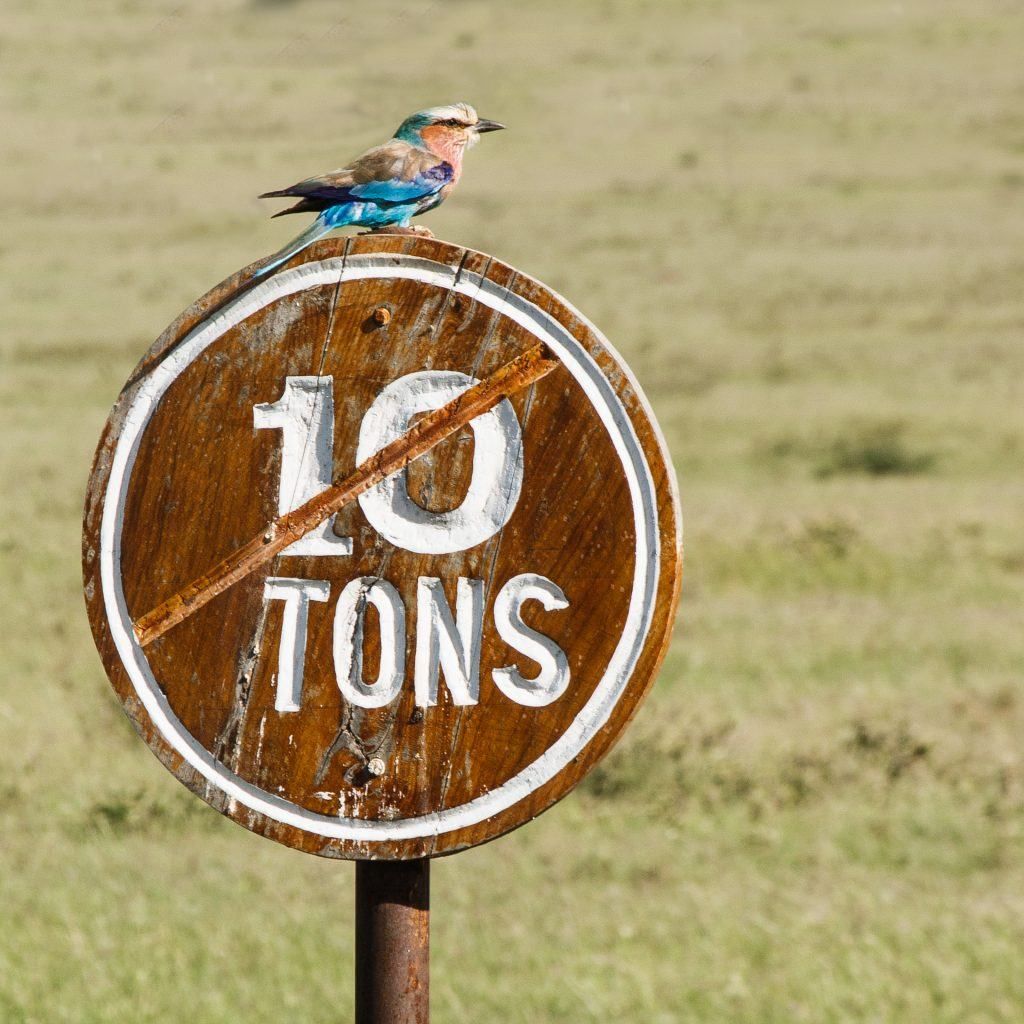
Photo by Diane Wehr
This opportunity was available because of the pictures that social media provides to us.
Perhaps your interest is not birds, but food.
With only a small amount of effort you can see dishes that have been made all over the world.
Guns, interior design, street photography, dogs – wherever your interest lies, you have unlimited access to information through photographs in a way that is unprecedented in previous history.
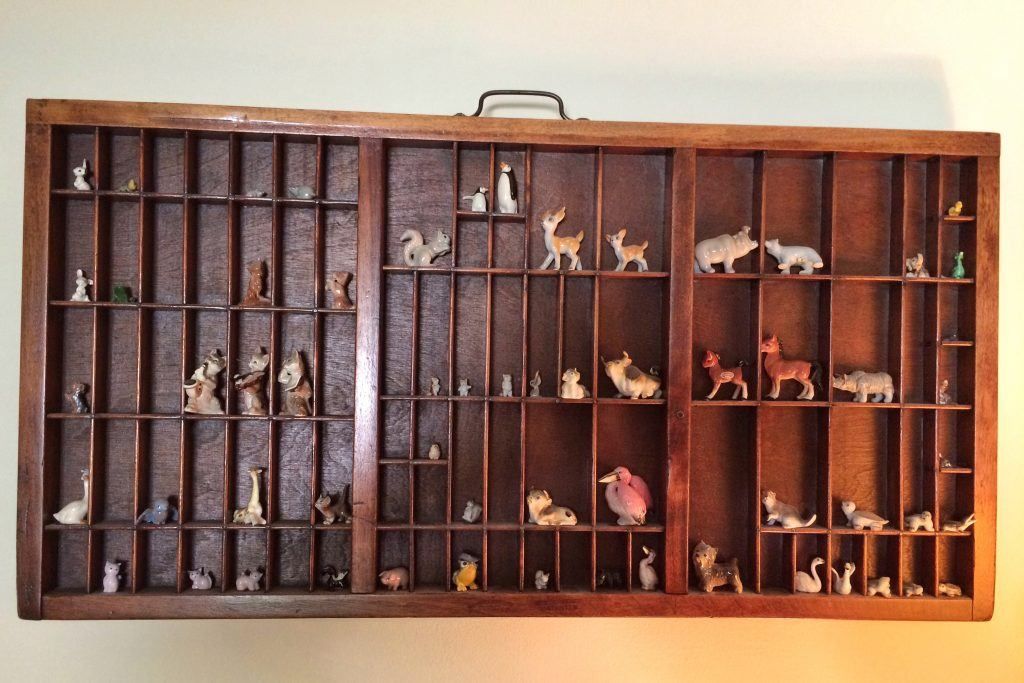
Photo by Diane Wehr
Photography Can Make the Organization of Our Lives a Bit Easier
The good, the bad, and the ugly!
Surely you have taken some of these, too? Some photographs work and some don’t. I shot the image on the previous page which has absolutely no redeeming value, except that it saved me a lot of time when I had to put these animal figurines back into the printer’s tray after a move.
There are 7 billion people on this earth, and as a collective group, we have acquired 6.8 billion cell phone subscriptions.
Most of these phones have cameras, and people being people they have learned to use these cameras to make life a little bit easier.
Here are just a few of the ways that your mobile phone camera can help you out:
- Take a moment to record the location of your car in a parking garage so you can get back to it.
- Memorize your license plate number before you go into the DMV.
- Capture the contents of your open wallet so that you an see the tops of your credit and debit cards. It will save time and angst if your wallet goes missing.
- Make a digital photo album of your possessions to serve as a record for your insurance company.
- Use your camera phone to deposit a check with mobile banking.
- Snap a picture of a wine bottle label of a wine you have enjoyed at a restaurant, so you can enjoy it again at home.
- Have a picture of your pet ready in case it gets lost. For extra measure, take a picture of the rabies tag.
- Take a picture of your kids before you go to a place where there will be lots of people. You will have a record of their clothing, should that become necessary.
...Wherever your interest lies, you have unlimited access to information through photographs in a way that is unprecedented in previous history.
Photography Can Help Us Be Happier and Healthier
I was recently visiting New York City and doing my street photography thing, when I met a young friend for lunch.
After lunch, she could barely contain her excitement as she took me to a mural painted on one of the buildings.
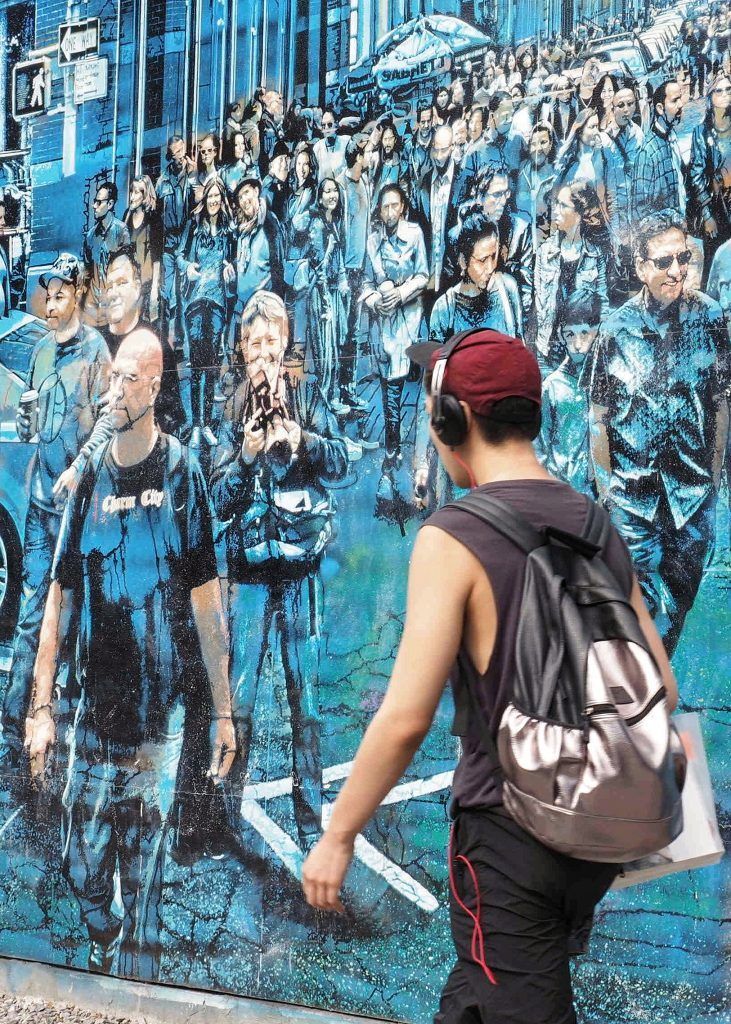
Photo by Diane Wehr
Recommended Reading: If you’d like to improve your photography skills and create compelling images, grab a copy of our Powerful Imagery premium guide by award-winning travel photographer Michell Kanashkevich.
She told me that every time she saw it she was reminded of me because the artist that painted the mural was a female photographer. That comment made my day, my week, and my year! I knew exactly the picture I wanted to take (image above). I call it, “The Symbolic Selfie.” It is one of my favorite photographs because when I look at it, I think, that is the photographer that I want to be.
Intuitively, we are aware that hobbies make us happier, and that being happier most likely makes us healthier.
For those of you that pursue photography as a hobby, you’re likely to be getting at least some of the benefits that researchers ascribe to hobbies.
For example, engaging in photography is an active leisure activity as opposed to viewing Facebook, which is a passive leisure activity.
It is much more invigorating. We are more immersed in the activity. It literally seems to make time fly.
Photography can also promote social connections through formal activities such as clubs or photo walks. We can also make “connections” to others by simply sharing our pictures with friends and family.
Social connection is possibly one of the most important factors in “being happy” and having a meaningful life.
Photography can make us more interesting, if for no other reason than it has the possibility to increase self-concept.
Plus, it gives us something to talk about at the water cooler!
Finally, photography can help us cope with stress.
If you have a tough week at work, go out and shoot a landscape, a macro, a portrait, or whatever you fancy.
The activity will help you feel good about yourself, and you will remember that there are many facets to your life. Whatever stress you felt at your employment will feel less like a personal assault.
Photography Meets Our Deep Need for Visual Communication
I am not a portrait photographer. I have zero experience with newborn photography.
However, when my daughter asked me to take the newborn photos of my grandchild, I can tell you, I was determined to do my dear “Lucy” justice with sheer determination.
As far back as 40,000 years ago, the cavemen communicated with cave paintings. The Egyptians communicated with tomb paintings, and the Chumash people of Southern California communicated with pictographs on rocks.
There has been a lot of visual communication going on for a long time!
Today, thanks to digital photography, the most prevalent method of visual communication is through photographs.
And boy, we take a lot of them.
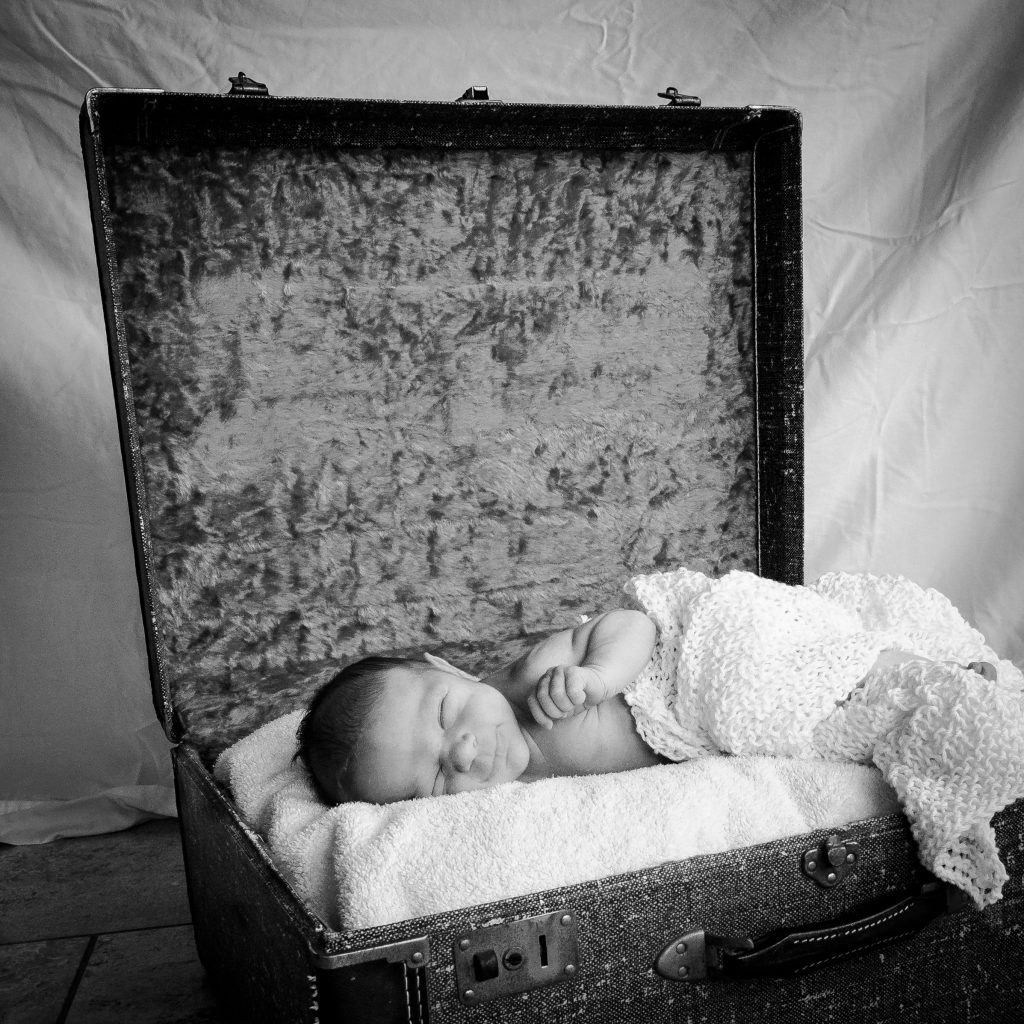
Photo by Diane Wehr
In 1980, in the days of film, Kodak announced that 80 billion photos had been taken.
Since the advent of digital photography, the growth has been exponential.
In 2015, the market research firm InfoTrends estimated that one trillion photos were taken globally that year. The projection for 2017 is 1.3 trillion photos.
The vast majority of these pictures are taken with the cameras in smartphones and other mobile devices.
It is estimated that by 2017, DSLRs will only represent 13% of the cameras being used worldwide. That is a steep drop from 2015, when DSLRs represented 20% of all cameras being used.
In addition to the handy way we now have to produce visuals, we have ever increasing ways to communicate to others by sharing them.
In a moment, images from our everyday lives can be posted on Facebook, Instagram, Flickr, or our personal website or blog.
Want a hard copy? That’s easy, too!
As an example, this free app is available, and it will collect 60 pictures (in my case of my grandchild) either from a phone or from pictures posted on social media. The app then automatically produces a small book of the 60 pictures, and that book only costs $8 USD.
...Thanks to digital photography, the most prevalent method of visual communication is through photographs.
The cost per picture is not much more than having it printed by a retailer. Yes, indeed, our family buys a book about once a month.
Photography matters for a number of concrete reasons.
- We need records to validate what is happening and what has happened in our world.
- We want beautiful art.
- We need to disseminate information because it is the currency of the land.
- We can use the activity to make our lives simpler, healthier, and happier.
But perhaps the more fundamental principal at work is that we are driven internally to create and share visually, most often through photographs.
Photography is important, but it is more than that. Photography is inevitable.


